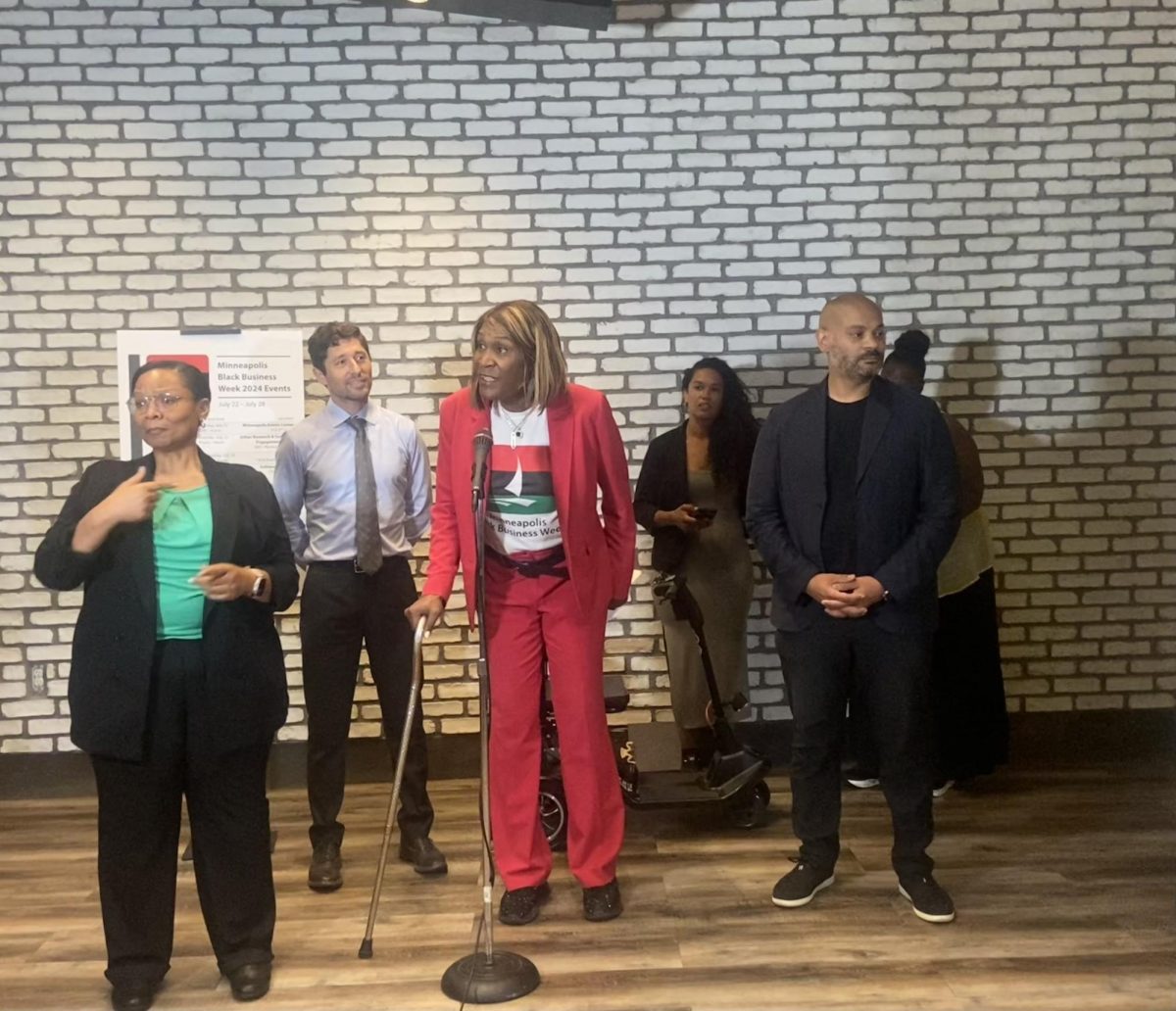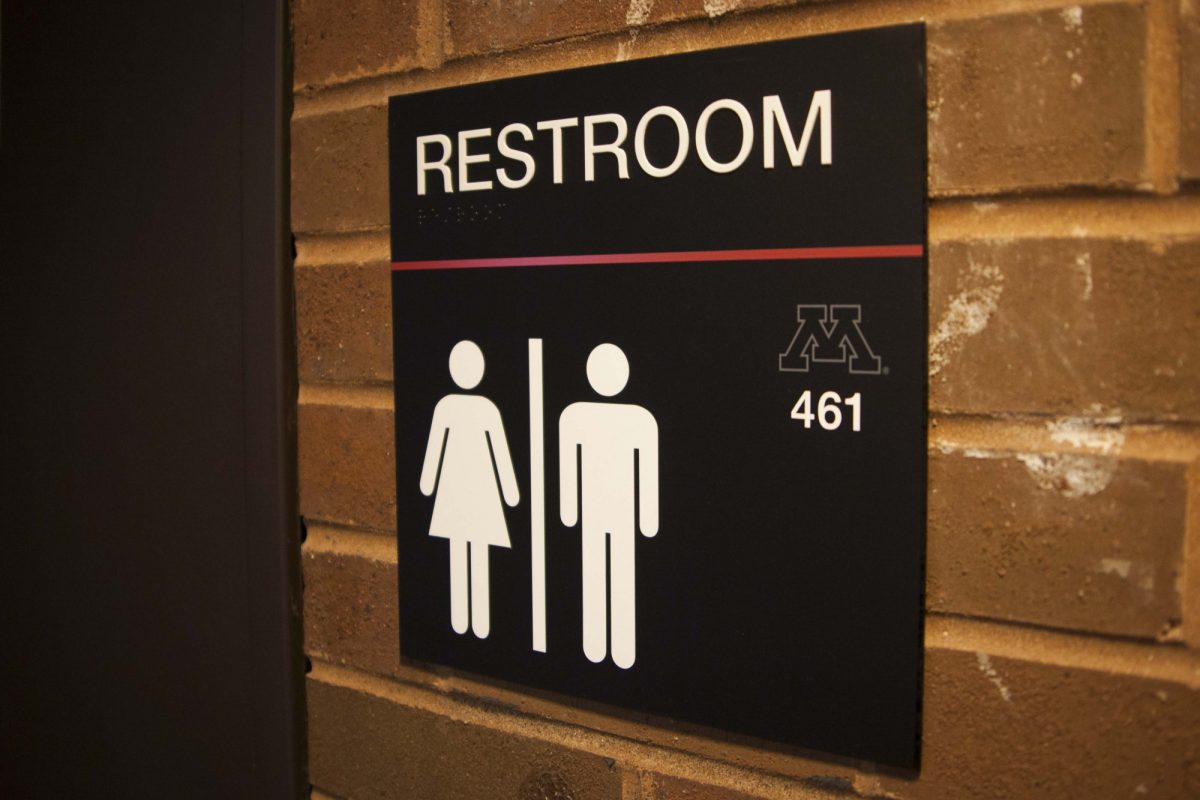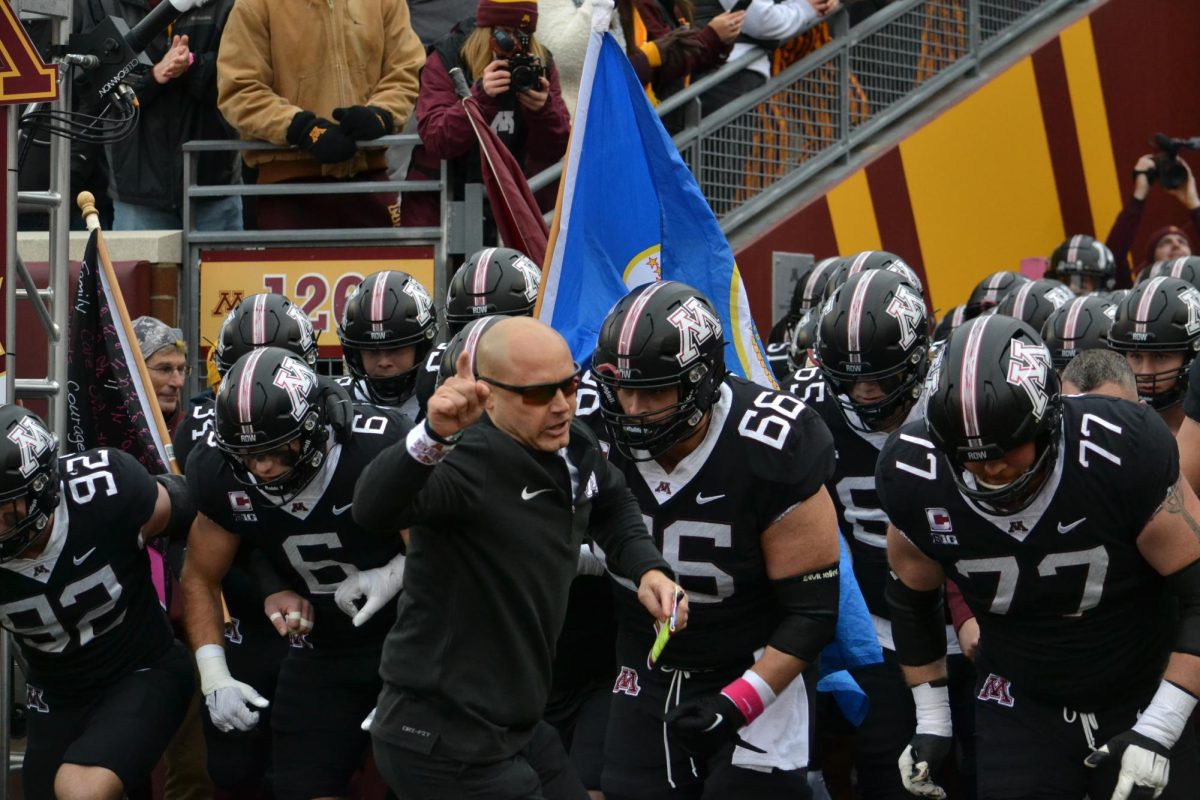Minneapolis has the fifth-lowest unemployment rate of the major cities in the United States, but that doesnâÄôt mean that our city doesnâÄôt need more labor advocacy. In her latest State of the City address, Mayor Betsy Hodges said, âÄúSince 2001, in Minnesota, wages have grown an average of 0.2 percent a year. As a result, the gap between low- and middle-income wages on the one hand and the highest-paid people on the other is the widest it has been in nearly a century.âÄù Nearly a century? Well, 81 years ago a labor union of Minnesota truckers, who fed up with their wages, called a strike to halt all shipping operations in Minneapolis. Their displeasure with their work environment led to one of MinneapolisâÄô most famous strikes. Former Gov. Floyd Olson declared martial law and clashes between police and strikers injured more than 200 people. People should expect to be compensated at fair rates compared to the living standard of the times. Just because todayâÄôs labor advocacy relies on less extreme measures of promoting policy changes doesnâÄôt mean that the labor conditions are any better. Advocacy groups like 15 Now encouraged Hodges to increase the cityâÄôs minimum wage to $15 an hour. But without regional support, this measure could hurt any longstanding efforts for closing the income gap in the city. Employers could just move establishments a few miles down the road to keep their finances at the same rates. The measures laid out by 15 Now are an important step for the Twin Cities. IâÄôm fully on board with them, but there are other areas the city can address with more immediacy. One of those intermediary measures would be to make sure our workers are actually paid what their employerâÄôs claim they will be paid. Hodges and the city can expand funding for government agencies that assist employees with attaining the proper benefit status and overtime pay theyâÄôre designated to receive. Wage theft is a hard crime to convict, and itâÄôs one that victimizes many minimum wage employees who may not have the resources to draw attention to their problem. Another alternative to labor reform would be to offer tax incentives to small businesses that employ a higher ratio of benefit-receiving, full-time employees. This measure could help workers in the Twin Cities attain a higher standard of living and more sick leave. A recent study showed that 41 percent of workers in Minnesota arenâÄôt eligible for paid sick leave. Just because labor strikes and riots do not appear in our newspaper headlines does not mean that labor rights in the 21st century are where they should be. The city of Minneapolis already shines with its low unemployment rates. This means we have the opportunity to continue making our city a safe harbor for the working class man.
Daily Email Edition
Get MN Daily NEWS delivered to your inbox Monday through Friday!

Published July 25, 2024

Published July 25, 2024

Published July 25, 2024
Trending
Minimum wage increase limited in scope
Published April 9, 2015
Leave a Comment







